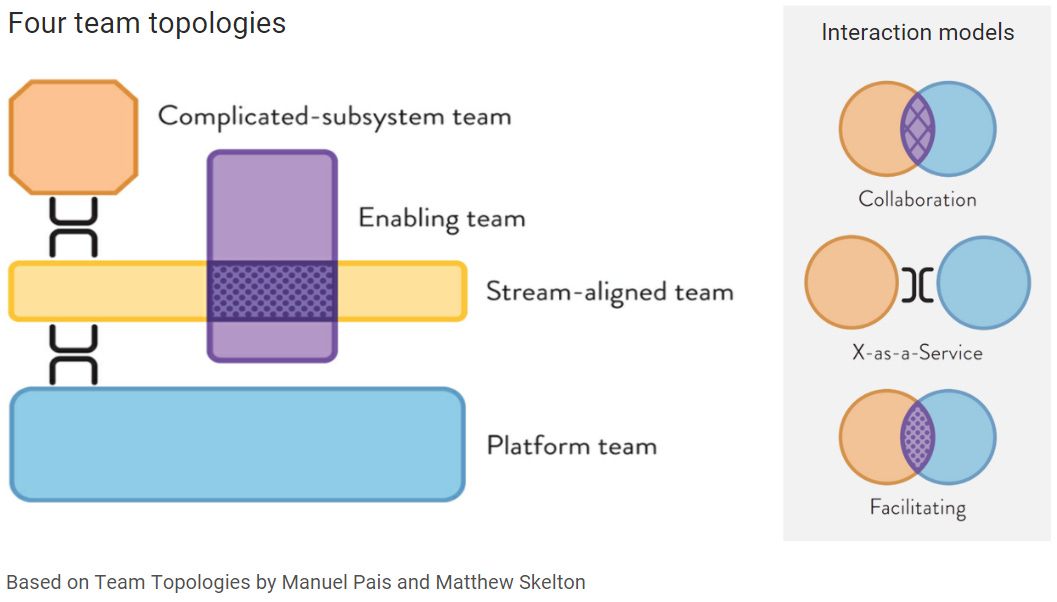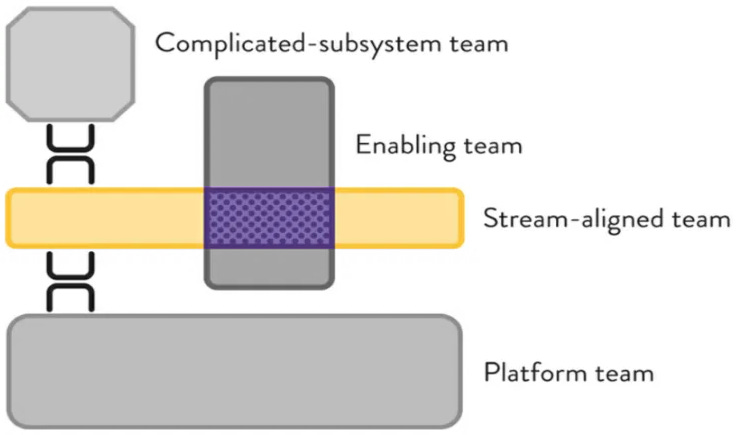Hey, Paweł here. Welcome to The Product Compass.
Every week, I share actionable tips to boost your PM career.
If you are not a premium subscriber, here’s what you might have missed:
If you haven't upgraded your account yet, now's the time for the full experience:
Team Topologies: A Handbook to Set and Scale Product Teams
In Today’s newsletter:
A New Way of Thinking About Teams
🔒 Team Topologies and the Product Teams
🔒 How to Scale Stream-Aligned Product Teams
1. A New Way of Thinking About Teams
Every month, I talk to dozens of professionals. Many feel frustrated with how their organization works.
Their teams feel micromanaged, lack meaningful goals that they can own, and struggle with overlapping responsibilities. Simple decisions require endless meetings.
So, how can teams and their work be better organized?
1.1 Empowerment
As explained in The Product Leadership Playbook, people are motivated by the purpose (Why), autonomy, psychological safety, and getting better and better at something that matters.
In his book, Empowered, Marty Cagan defines an empowered product team as “given a problem to solve, rather than solutions to build, and, most importantly, are held accountable for the results.”
Similar thoughts are expressed by “Lead with context not control” - saying of Reed Hastings, CEO of Netflix. It’s a way of empowering teams with purpose, shared understanding, and autonomy.
For empowerment to work, we also need better leadership that creates psychological safety and genuinely cares about people’s growth.
We also need to consider how the teams are organized and how they interact with each other. Let’s discuss some of those challenges.
1.2 Conway’s Law
According to the Conway’s Law:
“Any organization that designs a system (defined broadly) will produce a design whose structure is a copy of the organization's communication structure.” - Melvin Conway
In the same way, it’s logical to model an organization's communication structure to mirror the desired software architecture. This approach is known as “The Inverse Conway Maneuver.” One of its applications is organizing teams around value streams.
1.3 Reducing the cognitive load
If the team’s setup is not carefully planned, everyone needs to talk to everyone.
Teams should have clear boundaries and fewer dependencies to focus on their work, reducing the need for constant coordination. One of its applications might be the microservices architecture.
1.4 Eliminating bottlenecks
It’s difficult to overestimate the importance of delivering fast.
Minimizing bottlenecks and handoffs is crucial for reducing Lead Time and enhancing teams’ learning speed. Ideally, teams should be cross-functional, responsible for the entire lifecycle of their work
2. Team Topologies and the Product Teams
Manuel Pais and Mattew Skeleton provide unique insights on organizing teams in the international bestseller Team Topologies.
The book emphasizes the team-first approach with:
Small (5-8 people), long-lived teams (Amazon’s two-pizza rule) as default.
Ensuring each team fully owns a part of the product.
Encouraging a team-first mindset among team members.
Defining clear teams’ boundaries to manage their cognitive load.
It also describes four “team topologies” and the corresponding interaction models designed to address the challenges discussed in the previous point.
Let’s discuss them one by one.
2.1 Stream-aligned team
Stream-aligned teams are the heart of the Team Topologies approach. Most product teams fall into this category.
Keep reading with a 7-day free trial
Subscribe to The Product Compass to keep reading this post and get 7 days of free access to the full post archives.






